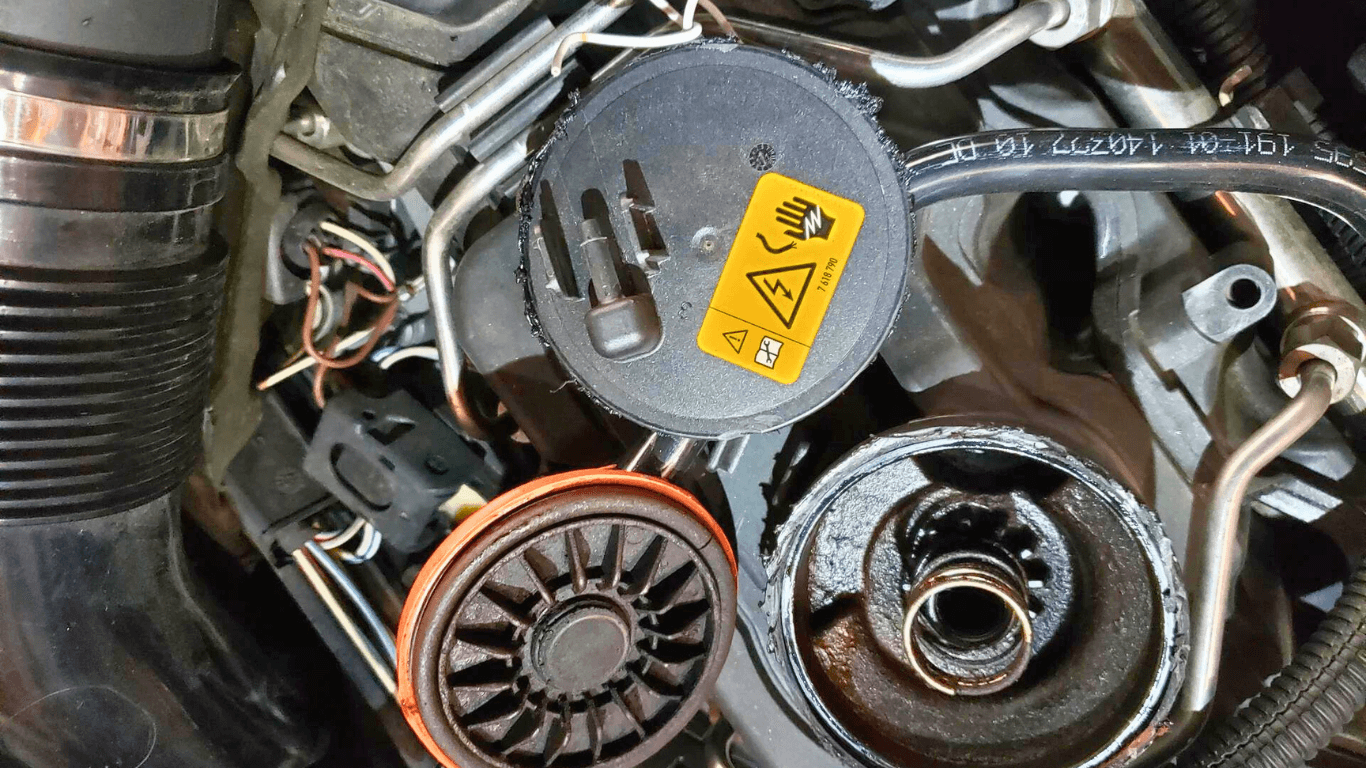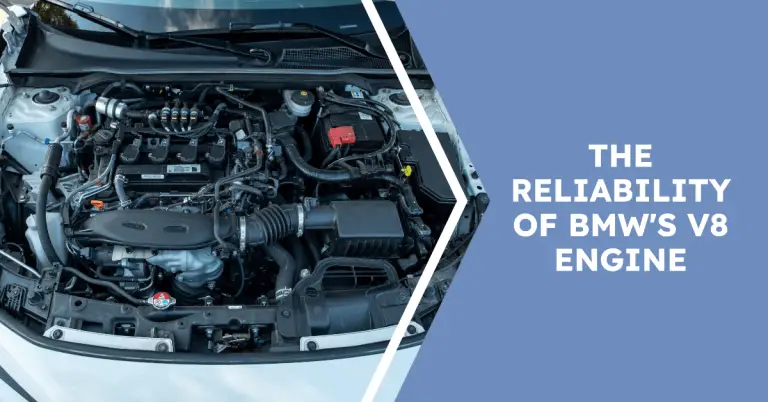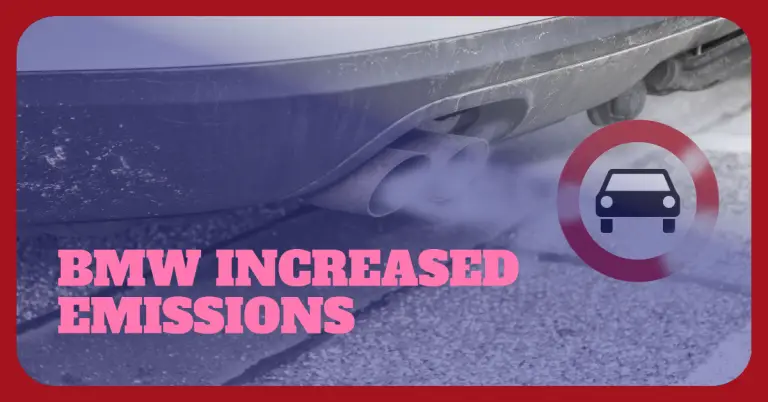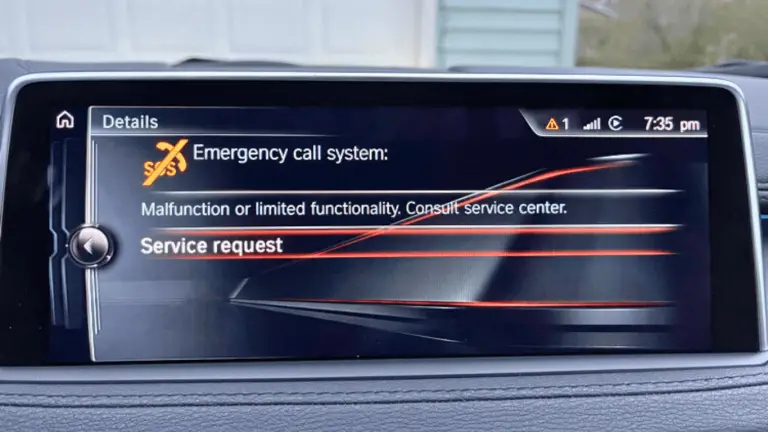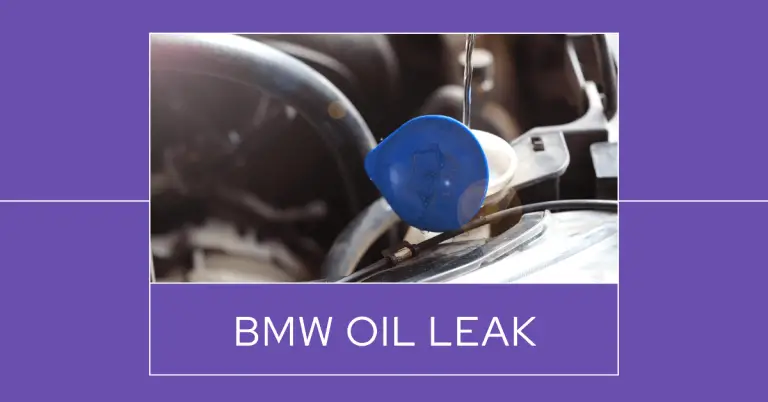P112f BMW Engine Code: Symptoms, Causes & Repair Solutions Explained
Have the check engine light and P112f code popped up in your BMW? This almost always indicates a problem with the mass air flow (MAF) sensor. Read on as we explain the common symptoms, diagnose the root causes, and outline the best solutions so you can get your BMW running smoothly again.
The MAF sensor is a key component that measures the volume and density of air entering the engine and relays this air flow data to the powertrain control module (PCM). The PCM uses these readings to calculate the optimal air to fuel ratio for clean, efficient combustion.
What Symptoms Can Occur With a P112f BMW Code?
If the MAF sensor is malfunctioning, it cannot provide accurate intake air data to the PCM. This will confuse the engine computer and cause a range of driveability and performance issues. Here are the most common symptoms that arise when P112f strikes:
- Difficulty Starting the Engine – Without the right air flow data, the engine struggles to start or cranks over but won’t fire up. There may be extended cranking time before it turns over.
- Rough Idle – With faulty airflow values, the idle speed may fluctuate or even stall out. Idle feels rough and uneven instead of smooth.
- Loss of Power – Incorrect air readings trick the PCM into reducing power output. Acceleration will feel sluggish. Lack of power may occur across all RPM ranges.
- Reduced Fuel Economy – Inefficient fuel trim triggered by bad MAF data will burn more gas than normal. You may see mpg drop considerably.
- Engine Stalling – Engine stalling is common with P112f, especially at idle. The engine may randomly die while sitting at a stop light or in park.
- MIL Illumination – The check engine light will illuminate indicating a diagnosed problem. P112f or “mass or volume air flow circuit range/performance problem” will be stored in the computer.
While these symptoms can point to problems with the MAF sensor, other issues like vacuum leaks or a bad oxygen sensor can produce similar symptoms. We’ll cover how to properly diagnose the root cause a little later in this article.
What Triggers the P112f Code in BMW Models?
Now that we’ve covered the typical symptoms, let’s explore the various issues that can actually cause the P112f trouble code to fire in BMW vehicles:
Faulty Mass Air Flow (MAF) Sensor
The most common root cause for P112f is a defective mass air flow sensor. This handy sensor measures the volume and density of intake air passing into the engine. There are a few reasons why it fails:
- Contaminated Sensing Elements – The MAF uses a hot wire or hot film that generates a small voltage when air flows over it. Over time, debris, dirt and oil can coat the sensing elements disrupting readings.
- Internal Component Failure – The fragile hot wire, electronic connections, or integrated circuitry on the PCB can fail due to wear or overheating.
- Improper Handling – The delicate hot wire is prone to damage if the sensor is knocked around or mishandled during maintenance.
If any of these issues arise, the sensor cannot accurately measure incoming air, triggering the P112f BMW trouble code.
Vacuum Leaks
Vacuum leaks are another common source of intake air measurement errors that lead to P112f faults. Potential leak points include:
- Vacuum hoses
- Intake manifold gaskets
- Throttle body gasket
- PCV valve/hose
- Fuel pressure regulator
- Evaporative emissions system
Cracks, damage, or loose connections in these components allow unmetered air to enter the engine. The MAF sensor only measures air passing through the air filter. Vacuum leaks bypass the MAF allowing unknown extra air. This confuses the PCM triggering the P112f code.
Other Causes
While a bad MAF or vacuum leak accounts for the vast majority of P112f cases, there are a few other possibilities:
- Contaminated/Clogged Air Filter – Just like a dirty MAF can disrupt airflow, a blocked air filter has the same effect.
- Leaky Fuel Injectors – Leaking injectors dump excess fuel into the cylinders which can alter combustion efficiency and exhaust oxygen sensor readings.
- Faulty Oxygen Sensor – Bad O2 sensor data can mimic a lean condition triggering P112f. It may be the O2, not the MAF that’s failed.
- Engine Control Module Issues – Though uncommon, ECU faults or software bugs may also set the P112f code.
As you can see there are a few different root causes, but cleaning or replacing the MAF sensor and sealing vacuum leaks will resolve the vast majority of P112f BMW issues. Now let’s go over how to accurately diagnose this trouble code.
Diagnosing P112f Code: Step-By-Step
Since P112f has a few potential causes, proper diagnosis is needed to zero in on the root issue:
1. Scan For Codes
Connect a diagnostic OBD2 scanner and pull the trouble codes. Take note if P112f is the only code present. If there are multiple codes set, the P112f may be a secondary result of an underlying problem like a leaky fuel injector or bad oxygen sensor.
2. Check MAF Sensor Condition & Connector
Remove the MAF sensor from the air duct and inspect it visually. Look for dirt or oil fouling the housing and hot wire. Check the electrical connector for corrosion or damage. Examine the wires for damage. Faults found during visual inspection can confirm MAF failure.
3. Test the MAF Sensor
Using a multimeter, you can test the MAF sensor’s output signal and resistance. Compare the readings to factory specified values in a service manual. Out of range measurements indicate a bad sensor.
4. Check for Unmetered Air Flow
Conduct a thorough visual inspection of all vacuum hoses, intake gaskets, and connections for cracks, damage, or loose fittings. These can admit unmetered airflow. You can also use a smoke machine to detect tiny leaks.
5. Monitor Live Data
With a scan tool, observe the live data from the MAF sensor and oxygen sensors while idling and revving the engine. Irregular MAF readings and oxygen sensor activity points to sensor issues.
This systematic process will help troubleshoot P112f BMW codes to reveal whether the MAF itself is bad or if there are leaks or other factors at play.
Resolving P112f BMW Codes: DIY Fixes
Once the root cause is confirmed through diagnosis, here are the common DIY fixes to rectify P112f errors:
1. Swap The Faulty MAF Sensor
If you confirmed the sensor is reading incorrectly, replacing the MAF with a new OEM unit will permanently fix the problem. Just disconnect the connector, remove the mounting screws, and install the new MAF in the reverse order. Resetting the code completes the repair.
2. Clean the MAF Sensor
If the MAF sensor wiring is just dirty or contaminated, you may be able to clean it and restore proper function. Use aerosol MAF cleaner spray and gently wipe down the sensor wires inside the housing. Be extremely careful not to damage the fragile components.
3. Replace the Engine Air Filter
A restricted, dirty air filter strains airflow through the MAF, affecting readings. Replacing the clogged filter can restore adequate airflow and fix P112f codes. Just pop off the old filter and securely fit a new BMW OEM replacement.
4. Fix Vacuum Leaks
Diagnose vacuum leaks with visual inspection and smoke testing, then replace cracked vacuum hoses, damaged gaskets, or tighten loose connections. Properly sealing all intake airflow paths corrects MAF sensor values.
5. Repair Electrical Issues
Faulty MAF sensor wiring, a blown fuse, or ECU problems may be uncovered. Repair any damaged wires or connections. Replace bad fuses. You may need professional diagnosis and programming if the ECU is malfunctioning and setting erroneous fault codes.
In most cases, replacing the MAF sensor or sealing vacuum leaks will have you back on the road confident that the P112f trouble code is permanently fixed.
Professional BMW P112f Repairs
For BMW owners who don’t have the time, tools, or skill to diagnose and repair P112f codes themselves, professional help is best. The certified techs at your local BMW service center have the expertise to quickly handle MAF sensor and vacuum leak issues. Here are the common P112f repairs shops perform:
- MAF sensor replacement – Installing a new mass airflow sensor is the most common professional repair when P112f is confirmed. Techs source OEM or OE-matched MAF sensors to ensure quality and reliability.
- Air intake/vacuum leak diagnosis – Shops use advanced smoke machines to detect the slightest leaks and pinpoint their location. These leaks can then be properly sealed up to fix P112f codes.
- Fuel injector diagnosis – Since leaky injectors can sometimes set P112f, techs will test injector atomization patterns and operating pressure to check for failures.
- Oxygen sensor testing – To rule out O2 sensor issues, the voltage patterns and response time is analyzed. Faulty sensors are replaced.
- Electrical diagnosis – Wiring faults or ECU issues may arise. Professional grade tests confirm any electrical gremlins causing problems.
For difficulty starting, lack of power, stalling and other P112f related issues, BMW service centers have the know-how to get your vehicle repaired and running great ASAP. Lean on their expertise when needed.
How to Prevent P112f Codes in Future?
To help avoid P112f heartache down the road, here are some simple maintenance tips:
- Change your air filter – Replace clogged air filters at the recommended interval to maintain proper airflow to the MAF sensor.
- Check intake hoses – Periodically inspect all vacuum lines, PCV valves, and intake gaskets. Replace any cracked, loose or degraded parts.
- Don’t touch MAF sensor – Avoid direct contact with the MAF sensor to prevent damage to the fragile wiring. Also keep water away.
- Clean MAF at tune-ups – Have the MAF cleaned thoroughly when you have scheduled tune-ups and engine work performed.
By proactively maintaining components related to the mass airflow sensor, you can help reduce the chances of encountering that pesky P112f check engine light.
Hopefully this detailed guide has given you some peace of mind next time P112f appears in your BMW. You now understand the typical symptoms, know how to properly diagnose the issue, and are equipped to replace the MAF sensor, seal leaks or have repairs performed by a shop. With the right fix, your engine will be back running smooth and trouble-free in no time!

